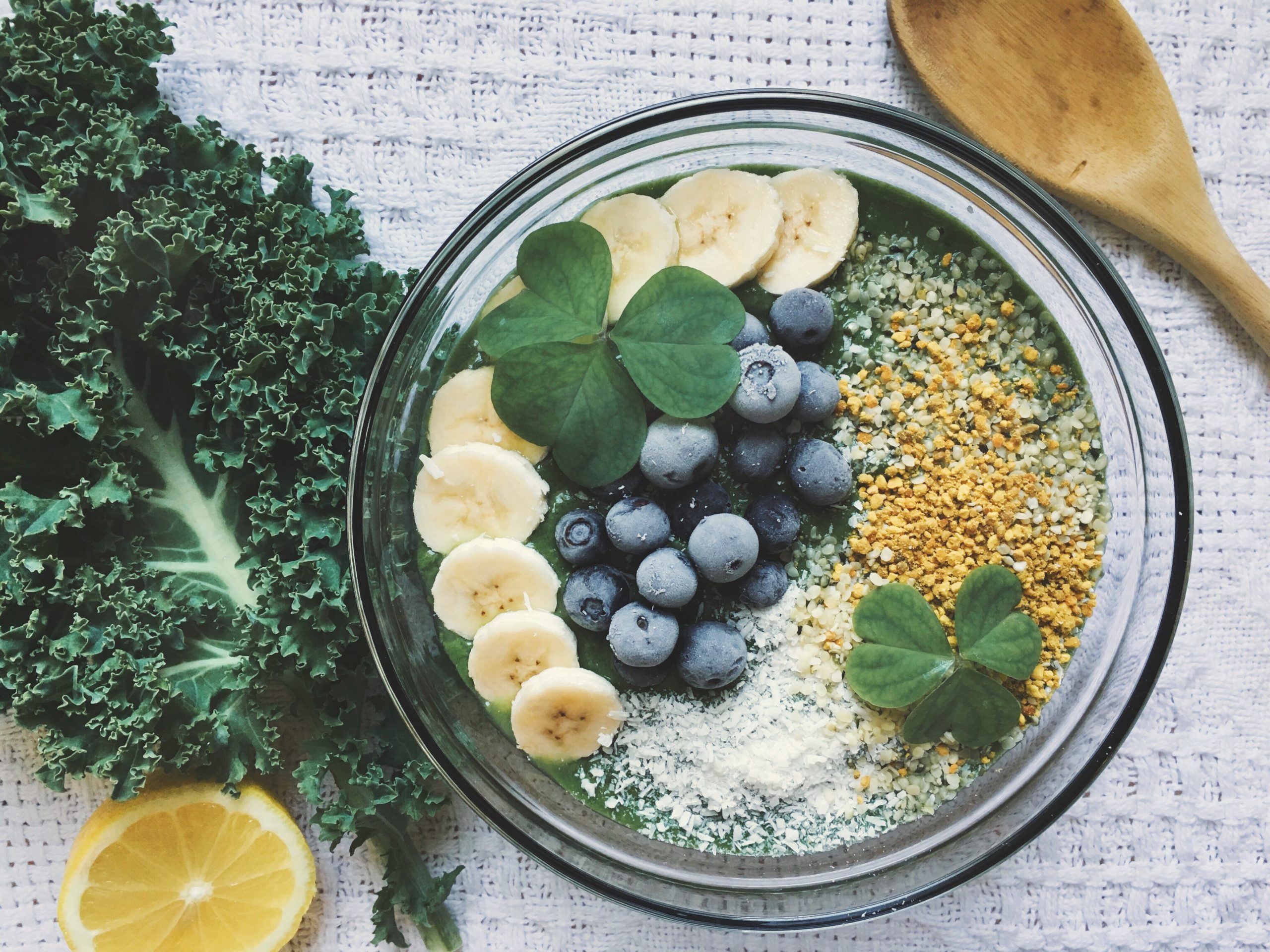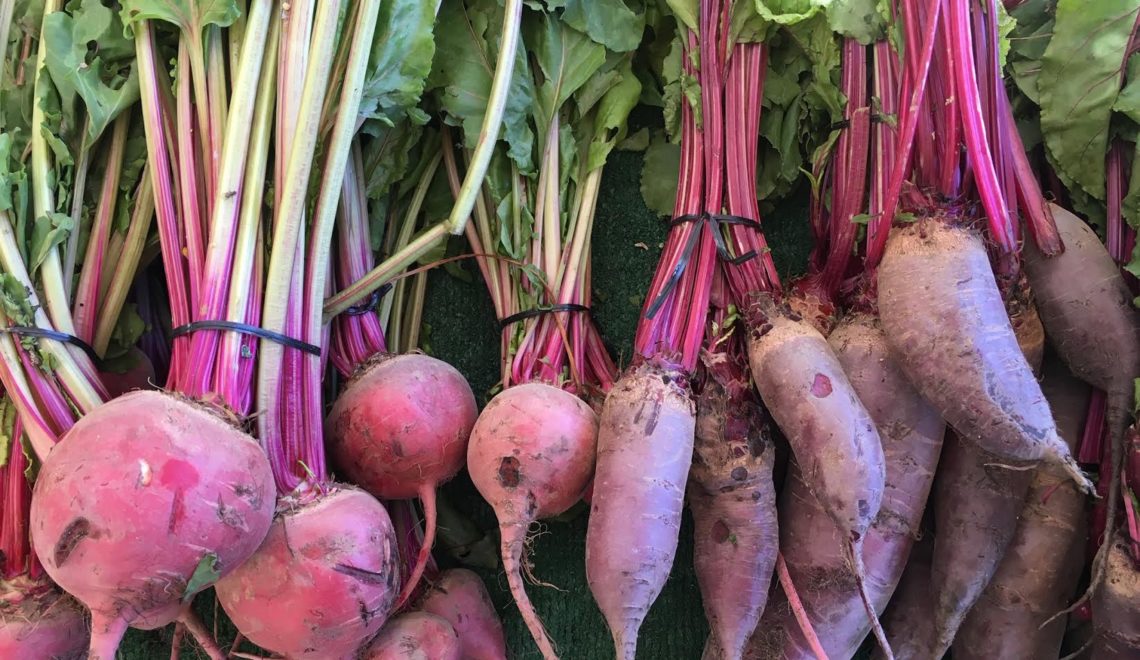A Different Kind of Mindful Eating

It’s the beginning of a new year and the beginning of a new cycle of resolutions and goals for the year. For many of us, these goals often center around the food we eat and making better choices for the sake of our health or our weight. Often when learning about people’s food related resolutions and goals we hear about their desire to become a more mindful eater, meaning they want to be more present during their meals, to savor each bite rather than plopping down in front of the television with their dinner and not paying attention to the food they were eating. While taking the time to concentrate on your meal may in fact be considered more mindful eating, we should be calling it what it is -and that is simply eating.
This is a challenge to test out a different kind of mindful eating this year. Not one where you turn the television off and eat slowly and distraction free, but one where you become more mindful of the resources that went into the creation of the food you are eating. This is a challenge to become truly mindful while eating, to know the food on your plate and where it came from, and to be mindful of the blessing having a full plate truly is. It’s time to detach ourselves from the distractions which have made us think that what has been traditionally through the ages called eating is in fact some heightened form of mindfulness. To truly be mindful while eating, we need to dig a little deeper in our hearts and our minds.
- View your meal not as a meal, but rather the sum of all of its components. When you step out for lunch and grab a sandwich, it’s easy to forget all of the ingredients that went into it as well as where those ingredients came from. There may be cheese that came from the milk from the udders of a cow. There may be lettuce that was grown in a field that was tended by field workers who have poor work conditions. There may be bread that was baked by a baker from the next town over. Everything that is part of the sandwich had implications in someone’s life somewhere. We need to be mindful of this. We need to stop seeing a meal as simply a meal because so much has gone into its creation long before it ever makes it to our plate.
- Understand the resources that go into each ingredient we eat. Lettuce is not grown in the cooler section of the grocery store. Meat does not naturally come wrapped in plastic. To truly participate in mindful eating we need to remember where our food comes from and all of the resources that go into getting them to your plate. We eat more than just a steak dinner, but also all of the water, fuel & feed that got it to its final destiny. When we are mindful of these facts, we can use them to help guide us in more informed food purchases and making choices that are better for our bodies and better for the planet.
- Get to know your local farmers & butchers. We can better build a relationship with our food and the knowledge of where it comes form by getting to know the people that make it accessible for us. Try checking out your local farmers market and getting to know the farmers selling there. Avoid purchasing meat and seafood from large-scale grocery stores. Try out a butcher shop and ask them about where their meats come from.
- Stop eating foods that come from cardboard boxes. There’s nothing mindful about cheez its or frozen dinners. Just no.
- Remember to be thankful. When we put this all into perspective and are more mindful of our food system, we have to remember to be thankful. Every meal we have the opportunity to consume is a blessing. Every affordable tomato on our local grocery store shelf is a blessing. If we master this different kind of mindful eating, we open ourselves to the benefits of being truly thankful.





